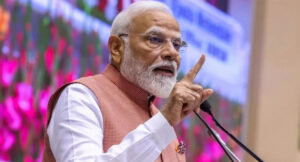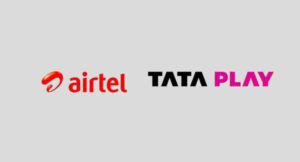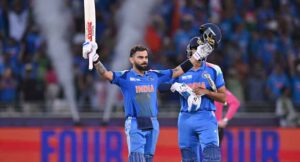During his monthly ‘Mann Ki Baat’ address on Sunday, Prime Minister Narendra Modi laid a specific emphasis on Artificial Intelligence by recalling his visit to Paris to co-chair the AI Action Summit with French President Emmanuel Macron, adding that Indians are “second to none” in using new technologies.
“Recently, I visited Paris to participate in a big AI conference. There, the world greatly appreciated India’s progress in this sector. We can also see examples of how the people of our country are using AI in different ways today.”
While addressing the AI Action Summit on February 11, PM Modi made a strong case for collective global efforts to establish governance and standards for artificial intelligence to uphold shared values and address risks.
The prime minister further said that AI is writing the code for humanity in this century and said it can transform millions of lives by promoting health, agriculture and lives.
PM Modi lauds teacher for preserving tribal languages via AI
Prime Minister Modi also highlighted the example of Thodasam Kailash, a government schoolteacher in Telangana’s Adilabad, who has been trying to preserve tribal languages with the help of artificial intelligence.
“His interest in digital song and music is helping us preserve our tribal languages. He has done a great job by composing a song in the Kolami language by using AI tools. He is using AI to create songs in many languages other than Kolami. His tracks are being liked a lot by our tribal brothers and sisters on social media,” PM Modi said in his address.
The PM asserted that the increasing participation of the youth in the space sector and AI has brought in a new revolution. “People of India are second to none in adopting and using new technologies,” he said further.
During his ‘Mann Ki Baat’ address, PM Modi also touched upon other issues such as India’s progress in the space sector with ISRO’s 100th launch, as well as participation of women in nation-building, physical fitness and dealing with obesity. News18









